15 Un-bee-lievable Bee Facts
Check out this buzzing list of bee facts and find out why these amazing animals are so important! There's much more to these insects than just honey!
Bees are flying insects that you can find all over the world. As we'll find out in a minute, they're really important for keeping life on Earth ticking along. Which is obviously very important for us humans too! Bees are incredible creatures with their own habits, strengths and weaknesses. But how much do you really know about them? Read this epic list of 15 must-know animals facts and we'll find out!
For more wild animal facts, check out these shark facts, these elephant facts, or even these penguin facts!
1. Bees work together
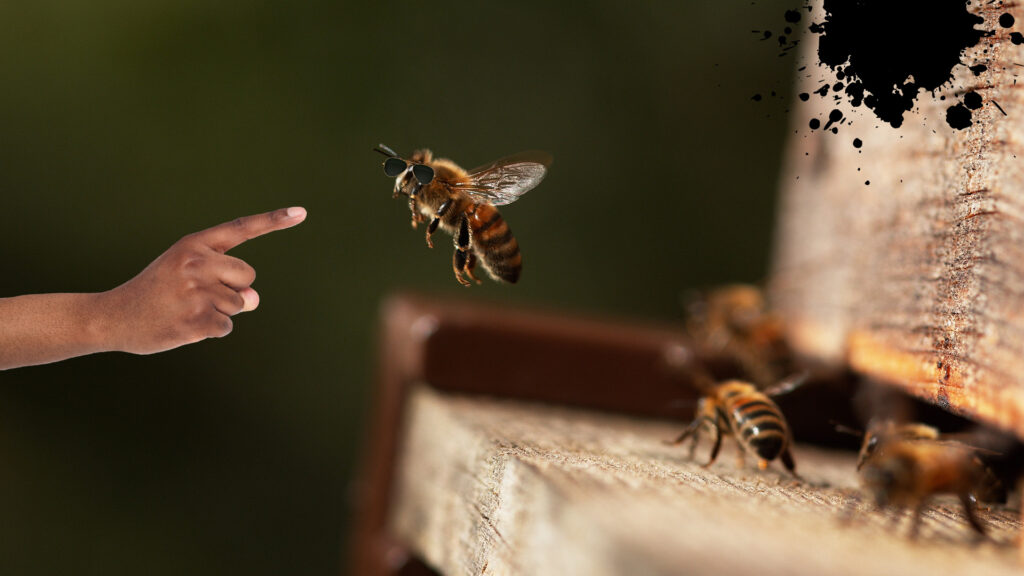
Bees have different jobs in their hive. There are worker bees, drone bees, and the queen bee. Worker bees are females that gather food, take care of the hive, and look after the baby bees. Drone bees are males, and their main job is to mate with a queen bee. The queen bee’s job is to lay eggs and keep the hive going. Whatever their job, bees like to keep busy. Who knew!
2. Long Live The Queen
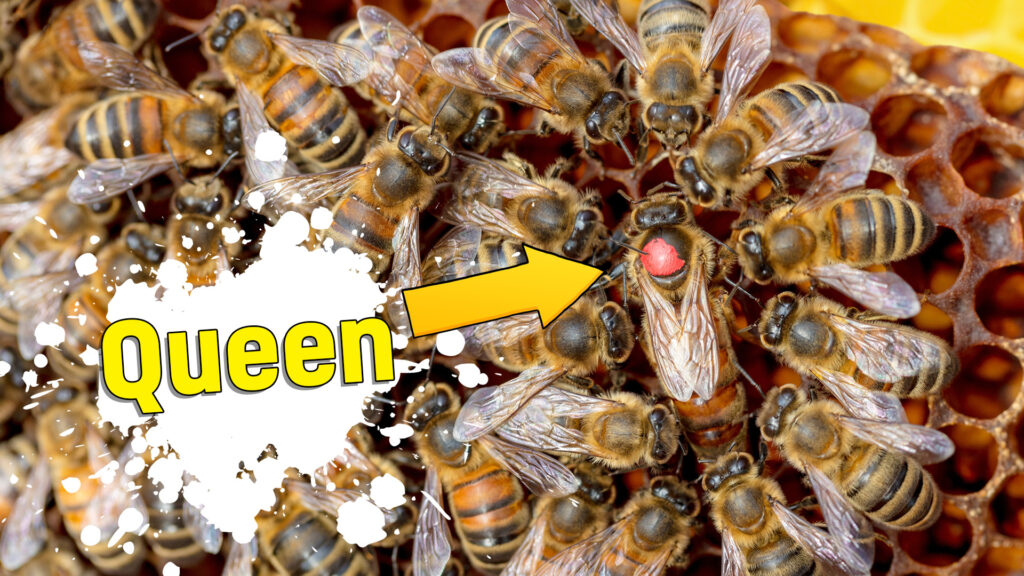
The queen bee is the biggest bee in the hive and can live up to five years. She lays all the eggs, sometimes up to 2,000 in one day! Her special scent, called pheromones, keeps the hive working smoothly and together. Queen nees sometimes look like regular bees, excpet they have a red spot on their back.
3. Bees make honey
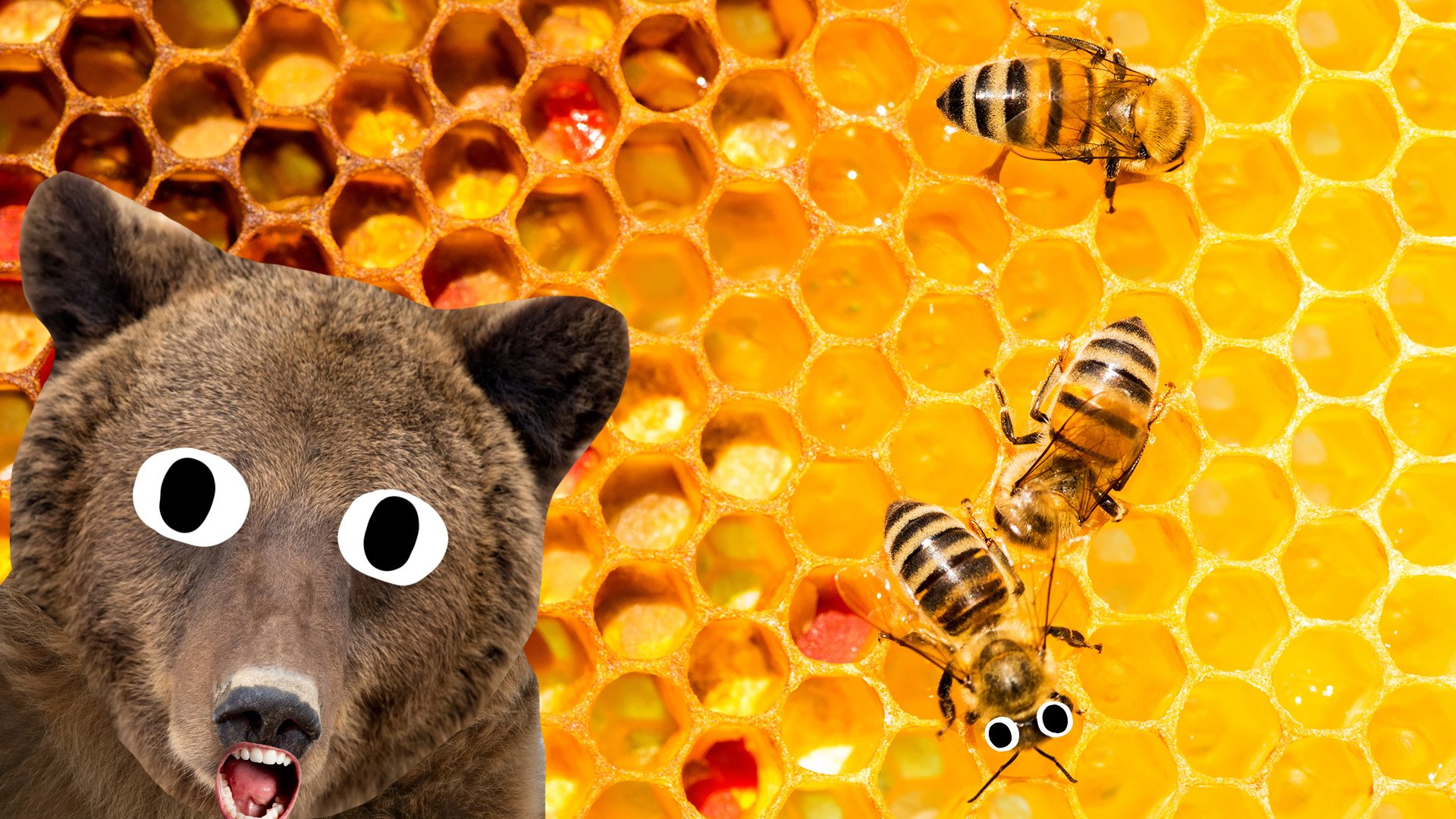
Bees collect nectar from flowers and turn it into honey by mixing it with chemicals called "enzymes" in their mouths (urgh!). The bees then store it in honeycombs. Honey is food for the bees, especially during winter when there are no flowers around. Us sneaky humans then just steal it from them!
4. Bumble Time
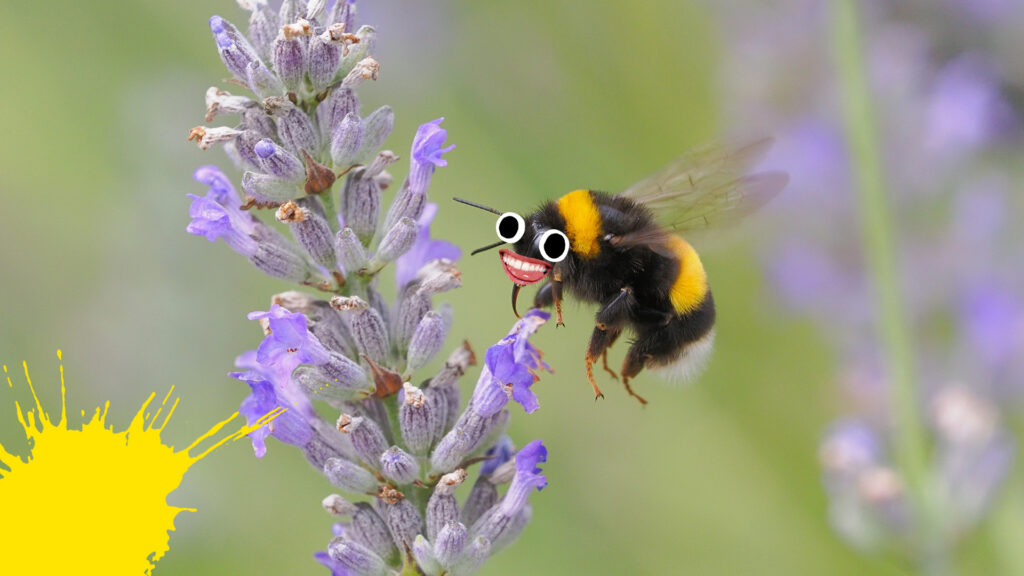
There are lots of different types of bee. Bumble bees are bigger and fuzzier than honeybees. They’re excellent pollinators, which means they help plants make seeds and fruits by moving pollen from one flower to another. They can even pollinate plants that other bees can’t because of their size and strength.
5. Do the waggle dance
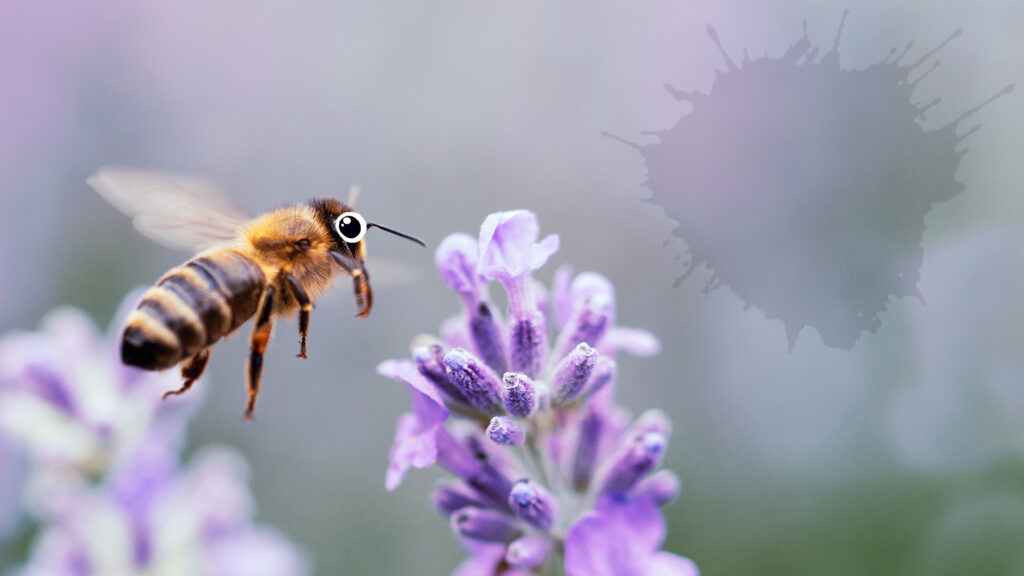
When a worker bee finds a good source of nectar, she goes back to the hive and wiggles her bum about - bee experts call this the "waggle dance"! This dance tells the other bees exactly where the flowers are located. It looks funny, but is actually a complicated way of communicating things and working together as a team. They're smarter than they look!
6. Ultraviolet pollinators
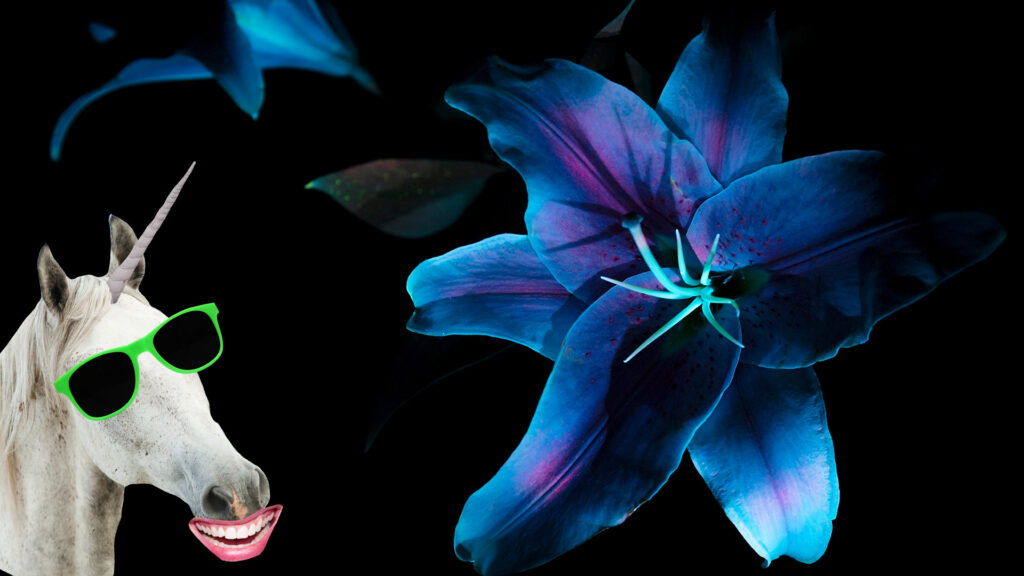
Bees can see ultraviolet light, which humans can't see. This helps them find flowers by looking for special patterns guiding them to the nectar. They also have a fantastic sense of smell - which is very handy when you're looking for flowers!
7. No bees = no food
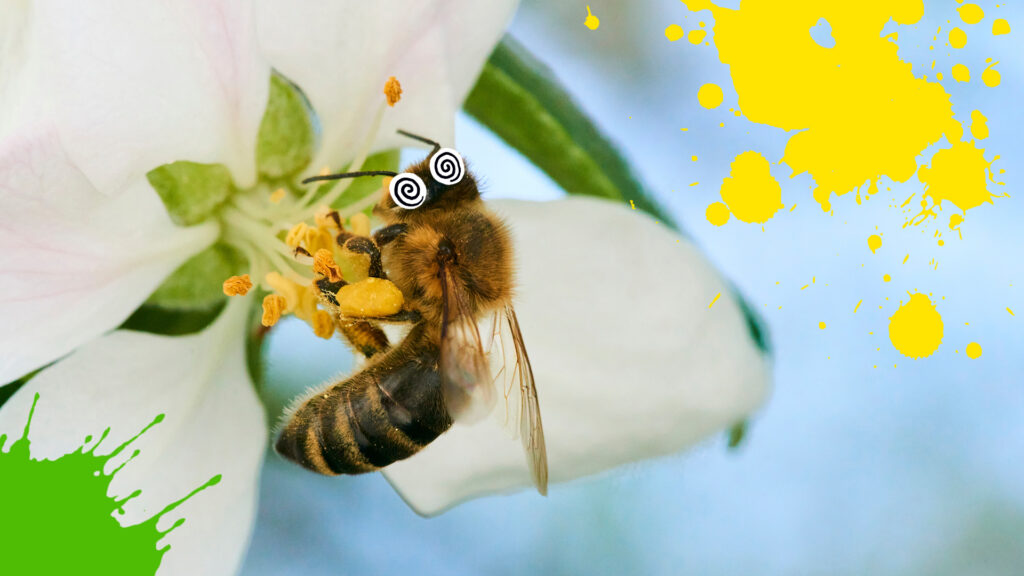
Bees pollinate about one-third of the food we eat. Without bees, many plants, including fruits and vegetables, wouldn’t grow. It's possible for humans to pollinate these plants, but it's a lot of work to do when bees are happy to do it for free! So if you like apples, strawberries, almonds, and other tasty foods, you'd best help look after the bees!
8. Beecopters
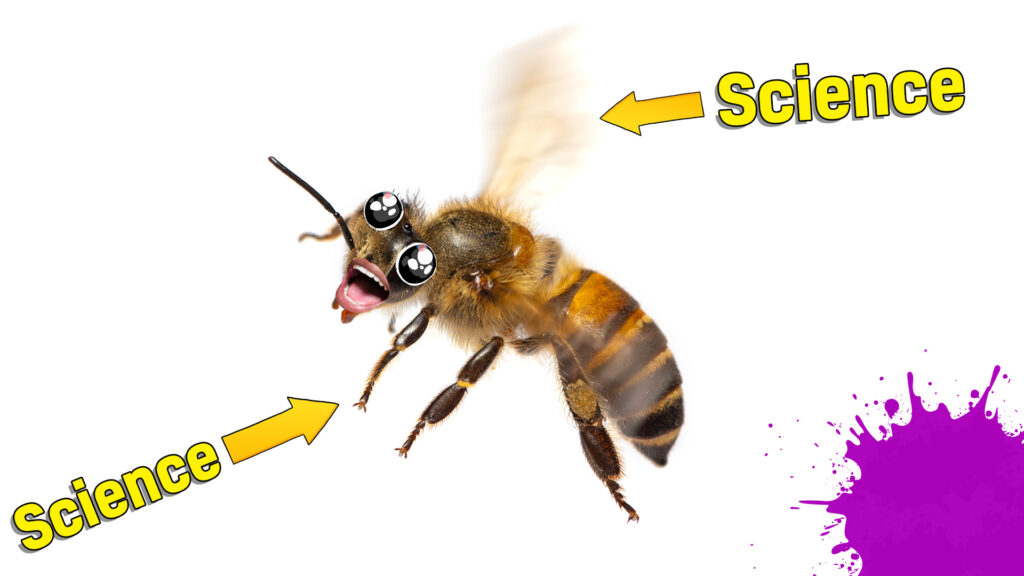
Bees have two pairs of wings that beat incredibly fast—about 200 times per second! This helps them hover like a helicopter and fly up to 15 miles per hour. For a long time humans had no idea how they do it, but we worked it out with the help of super slow-mo cameras!
9. The Birds and the Bees
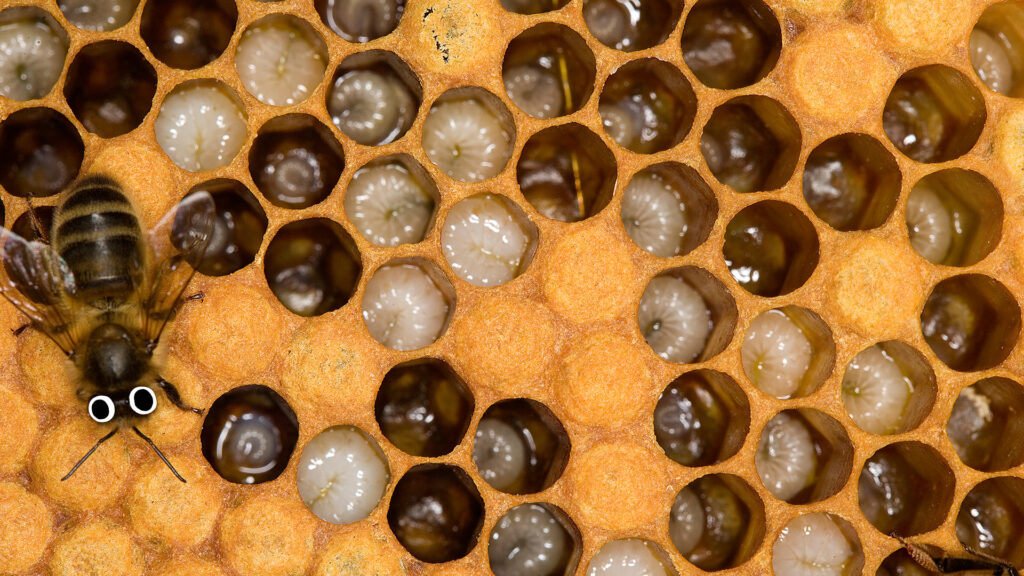
Bees start as eggs laid by the queen. The eggs hatch into larvae (like squishy caterpillar things), which are fed by worker bees. The larvae then spin a cocoon and become pupae. After only about 21 days, they emerge as adult bees ready to start their roles in the hive.
10. A world without bees
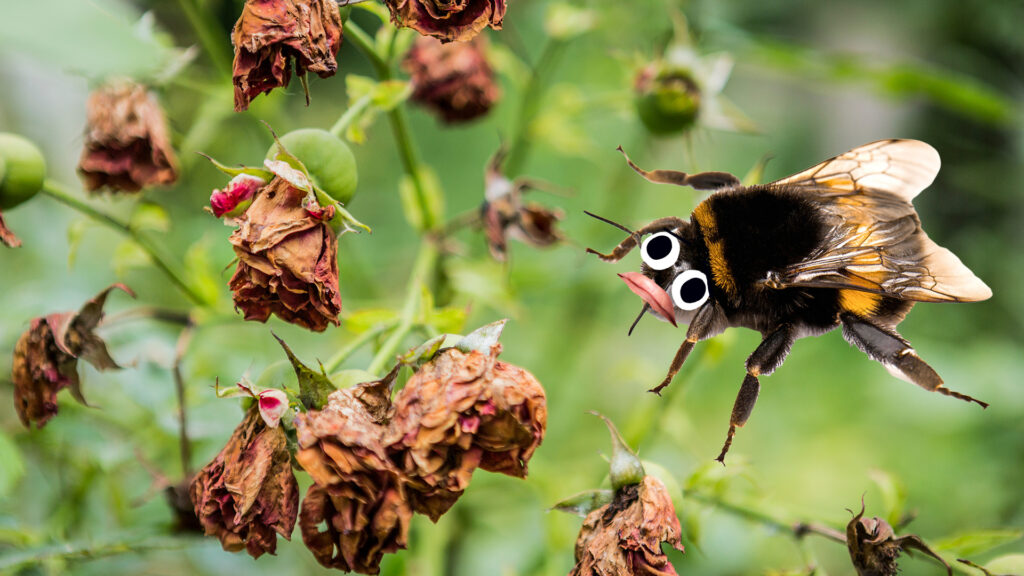
Climate change affects bees by changing their habitats and what kinds of flowers are available. If temperatures get too hot or seasons shift, bees might have trouble finding food. Other things that are affecting bees include pesticides and other chemicals. So keep your back gardens chemical free!
11. L'Eau de Bee
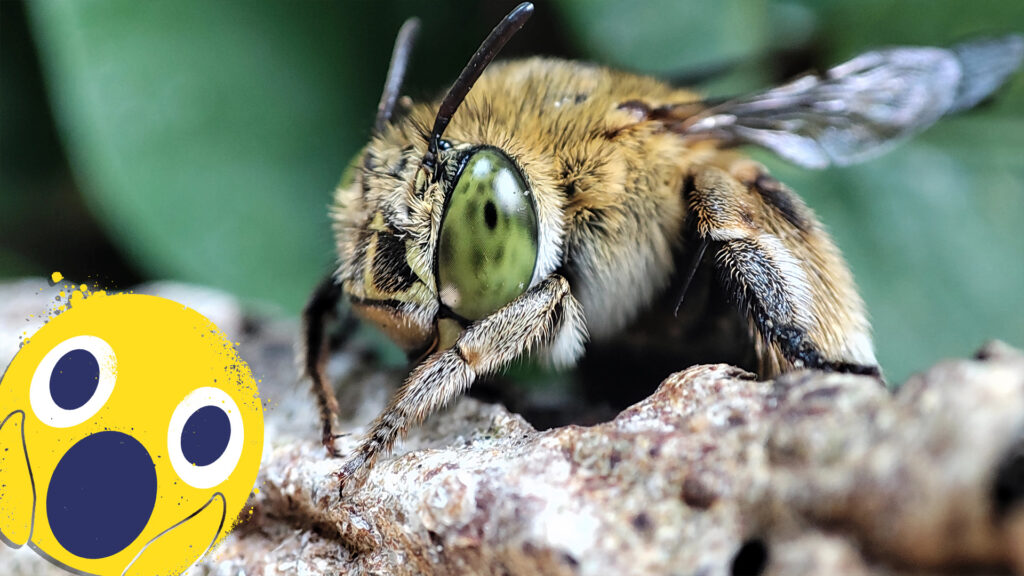
Besides the waggle dance, bees use special smells called pheromones to communicate. These chemicals can signal alarm, help bees recognize each other, and even tell the hive where the queen bee is.
12. Snoozy bees
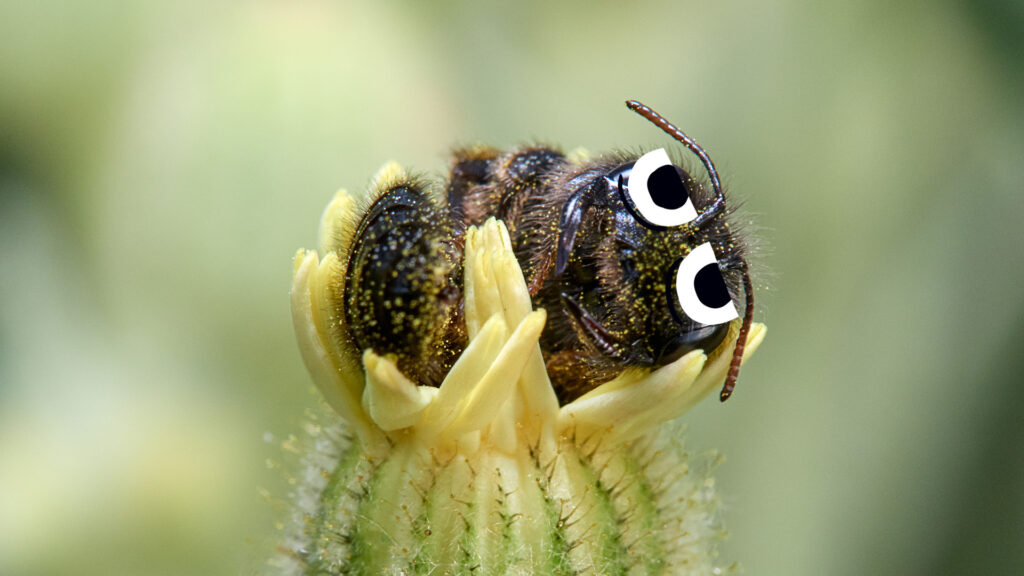
Bees work very hard and can get tired. Sometimes, you might see a bee resting on a flower or even on the ground. They usually just need a short break and a bit of nectar to refuel before flying off again. If you see one, leave it alone or call an adult! If a bee is really tired, you can sometimes give it a little bit of sugary water to help it on it's way.
13. Honey lasts FOREVER!
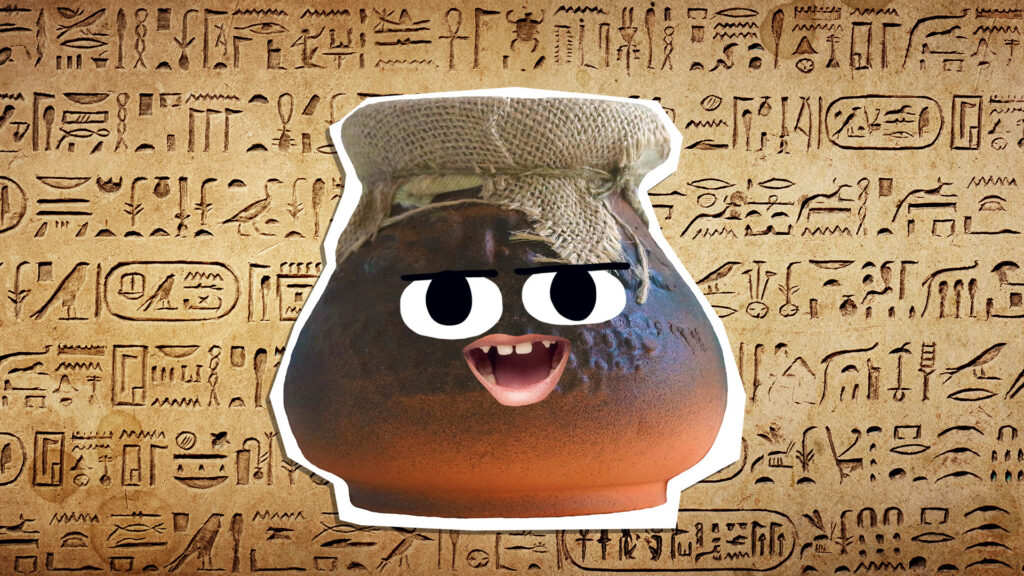
Honey is one of the few foods that never goes bad. Archaeologists have found pots of honey in ancient Egyptian tombs that are thousands of years old and still safe to eat. We've not tried it - so we'll have to take those archaeologists at their word.
14. They have hairy eyes
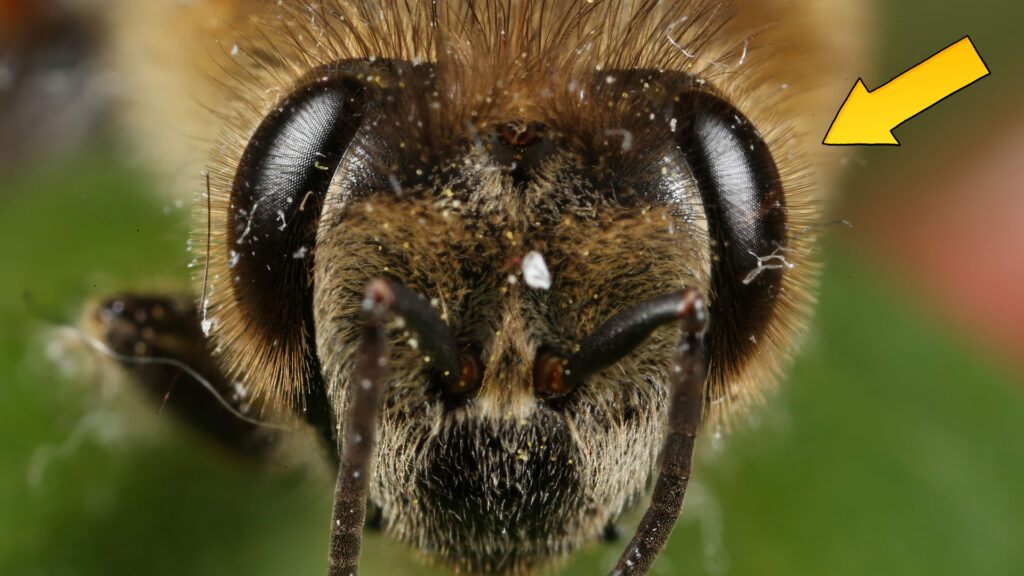
Bees have tiny hairs on their eyes that help them collect pollen. These hairs catch pollen as they fly from flower to flower, which helps them pollinate things even better! It doesn't seem to get in the way of them seeing things either, which is helpful.
15. Bee-ware!
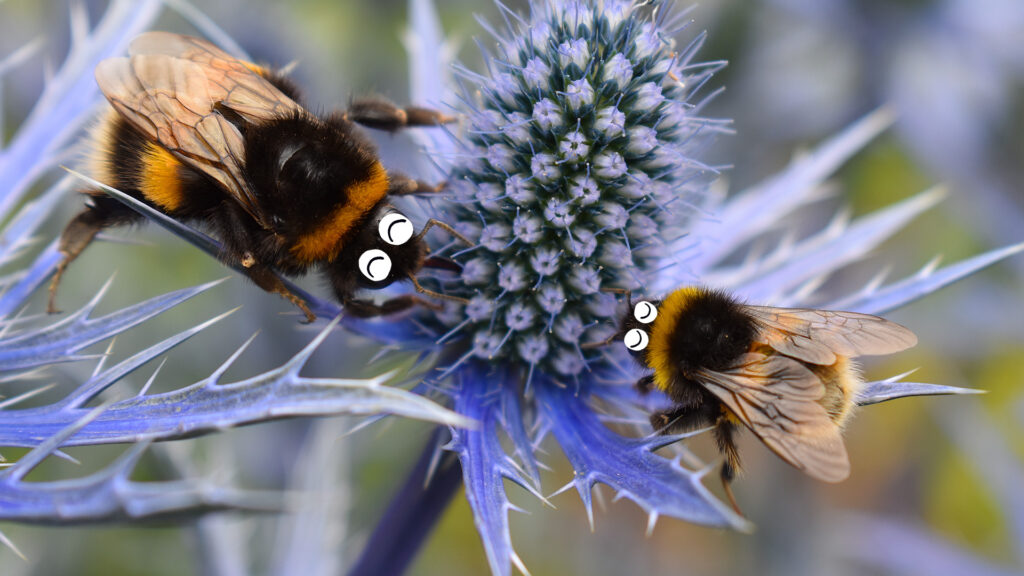
Bees are a really important type of animal. By pollinating things they help a whole load of different plants and flowers, which is crucial for a healthy environment. And a healthy environment is what keeps us humans healthy, too! So let's look after those bees!















